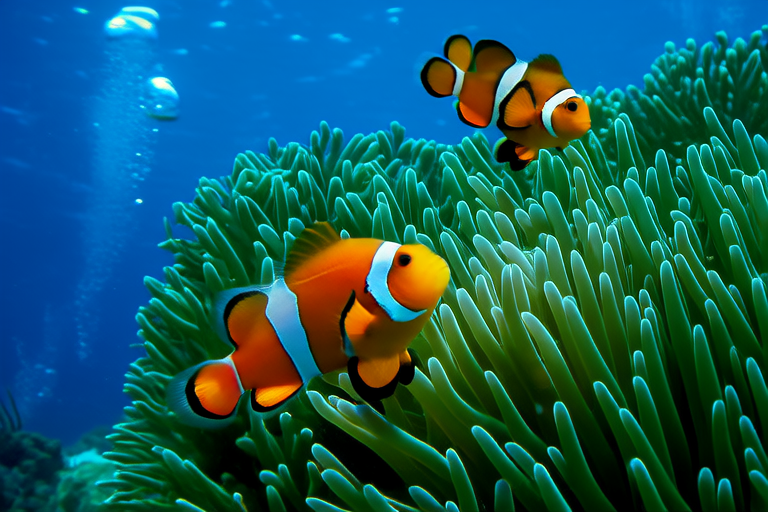How to Create the Perfect Habitat for Happy, Healthy Clownfish at Home
Creating the perfect habitat for happy, healthy clownfish is a rewarding endeavor that requires careful planning and attention to detail. This comprehensive guide will walk you through setting up your aquarium, choosing suitable tank mates, providing essential decorations, and maintaining a balanced ecosystem. Follow these steps to ensure your clownfish thrive in their new home.
Tank Setup Details
Size
The minimum recommended tank size for a single clownfish is 20 gallons. However, for a pair or small group, a 55-gallon tank is ideal. Larger tanks provide more swimming space and better water quality, which is crucial for the health of your fish.
Water Parameters
- Temperature: Maintain a stable temperature between 76°F and 82°F (24°C to 28°C).
- pH: Keep the pH level between 8.1 and 8.4.
- Salinity: Aim for a specific gravity of 1.020 to 1.025, which corresponds to a salinity of 29 to 32 ppt.
Filtration System
Select a high-quality filtration system capable of handling the tank’s volume. A combination of mechanical, biological, and chemical filtration is ideal. Ensure adequate water flow but avoid overly strong currents that could stress the clownfish.
Lighting Requirements
Install full-spectrum LED lights to simulate natural daylight cycles. Clownfish require approximately 8 to 10 hours of light per day. Avoid excessive lighting as it can lead to algae growth and stress the fish.
Appropriate Tank Mates and Decorations
Choose tank mates carefully to ensure compatibility. Suitable companions include other peaceful marine species like cardinalfish, gobies, and blennies. Avoid aggressive or territorial fish that may bully or harm the clownfish.
Provide ample hiding spots and swimming spaces by incorporating live rock, PVC pipes, and caves. These structures mimic the natural reef environment and offer security for the clownfish.
Importance of Live Rock and Live Sand
Live rock and live sand play vital roles in maintaining a balanced ecosystem. They support beneficial bacteria that help break down waste products, keeping the water clean and stable. Additionally, they provide surfaces for algae growth, which serves as a food source for the fish.
Selecting and Maintaining Healthy Clownfish
Diet Specifics
Clownfish are omnivores and should be fed a varied diet consisting of frozen or freeze-dried foods such as brine shrimp, mysis shrimp, and bloodworms. Supplement their diet with high-quality flake or pellet foods designed for marine fish. Feed them twice daily, offering only what they can consume within a few minutes.
Signs of Stress or Disease
Monitor your clownfish regularly for signs of stress or illness. Common indicators include lethargy, loss of appetite, abnormal swimming behavior, or visible sores or spots. Prompt action is crucial when symptoms arise; consult with a veterinarian specializing in marine life for proper diagnosis and treatment.
Regular Maintenance Routines
Establish a consistent maintenance schedule to ensure the long-term health of your habitat. Perform weekly partial water changes of about 10% to 20%, depending on the stocking density and bioload. Clean the filter media monthly and replace it every three months. Test the water parameters regularly using reliable test kits.
Incorporate algae control measures such as introducing herbivorous snails or maintaining proper nutrient levels. Monitor equipment like heaters and protein skimmers to prevent malfunctions that could disrupt the delicate balance of your reef tank.
By following these guidelines, you’ll create an optimal environment where your clownfish can flourish. Remember that each tank is unique, so adapt these recommendations based on your specific circumstances and the needs of your aquatic community.
